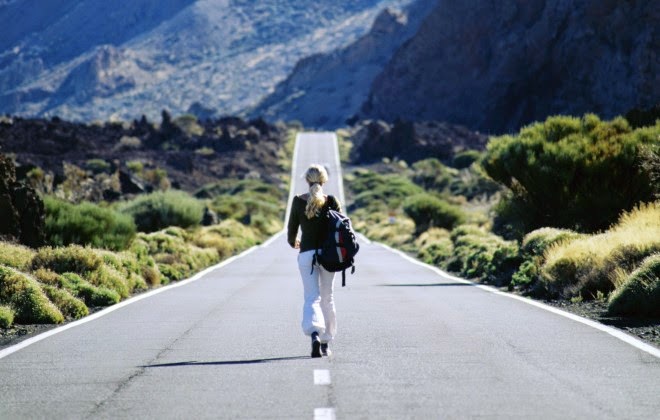If you are quite the traveller who likes visiting different countries and posting Instagram pictures of historic sites and tourist places you have been to, this is the probably the right time to tell you this
‘YOU ARE NOT TRAVELLING ALONE’
 |
| House dust mite (Dermatophagoides pteronyssinus) (Photo credit: Wikipedia) |
Ideally speaking sequencing should reveal that the sequence of nucleotide bases (building block of genome) for a specific region are the same. This is especially true if one is sequencing conserved regions of the genome, which are basically regions of the genome that code for proteins that are common across organisms. (This is another proof that we have all come from a common ancestor, something that could be discussed in another post on another day).
Shafique RH, Klimov PB, Inam M, Chaudhary FR, & OConnor BM (2014). Group 1 Allergen Genes in Two Species of House Dust Mites, Dermatophagoides farinae and D. pteronyssinus (Acari: Pyroglyphidae): Direct Sequencing, Characterization and Polymorphism. PloS one, 9 (12) PMID: 25494056



